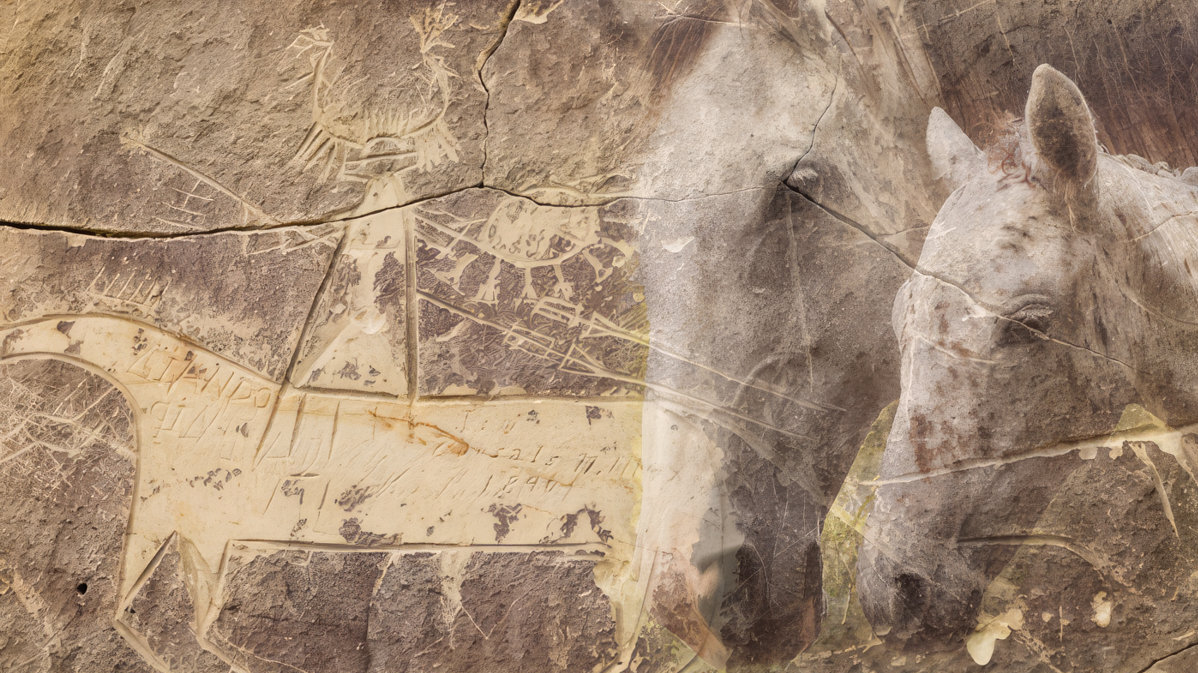The one in the journal Science published study entitled “Early dispersal of domestic horses into the Great Plains and Northern Rockies” is funded by the US National Science Foundation and by scientists at the University of Oklahoma, at the University of Colorado-Boulder, the University of New Mexico and the University of Toulouse in France. A total of 87 scientists from 66 institutions are involved.
The team studied 23 groups of animal remains found in the Plains and Rocky Mountains to unravel the history of horses in the West. Using radiocarbon dating and DNA sequencing, as well as Aboriginal histories, they found evidence that horses were being raised, fed, groomed, and ridden by Aboriginal people a century before European records.
“This research shows how different types of data can be integrated to answer the intriguing historical question of how and when horses spread across the West.”
John Yellen, Director of the NSF Archeology Program
Radiocarbon dating of horse remains from museum collections ranging from southern Idaho to southwestern Wyoming and northern Kansas shows that horses were present in much of the study area as early as the early 17th century and definitely before the 1680 Pueblo Rebellion. This archaeological data demonstrates that by this time domestic horses were no longer under the exclusive control of the Spaniards and had been integrated into Native American lifestyles since at least the early 16th century – contradicting traditional views held by project partners such as the Lakota, Comanche, Pawnee and which Wichita confirms about the origin of the horse.
In Oklahoma, Bethke and study co-author Sarah Trabert, Ph.D., an associate professor in the Department of Anthropology at Dodge Family College of Arts and Sciences, worked with representatives from the Wichita and affiliated tribes on this project better understand the dynamics of human-horse relationships among the ancestral communities. They examined artifact collections from the Sam Noble Museum and the Oklahoma Archeological Survey to determine the distribution of horses at these sites.
“All three major Wichita villages excavated in Oklahoma after contact — Bryson Paddock, Deer Creek, and Longest — have yielded horse remains,” Bethke said. “A horse bone was also recently discovered at the Wichita ancestral site at Little Deer, which may be the state’s earliest example of a horse bone.
Bethke said, “For decades, the mainstream history of the horse in North America has relied on Euro-American accounts, which often fail to reflect the age and complexity of Native American reactions to and relationships with their horses. This study is a first step in correcting these established narratives in both the academic community and the American public.”
